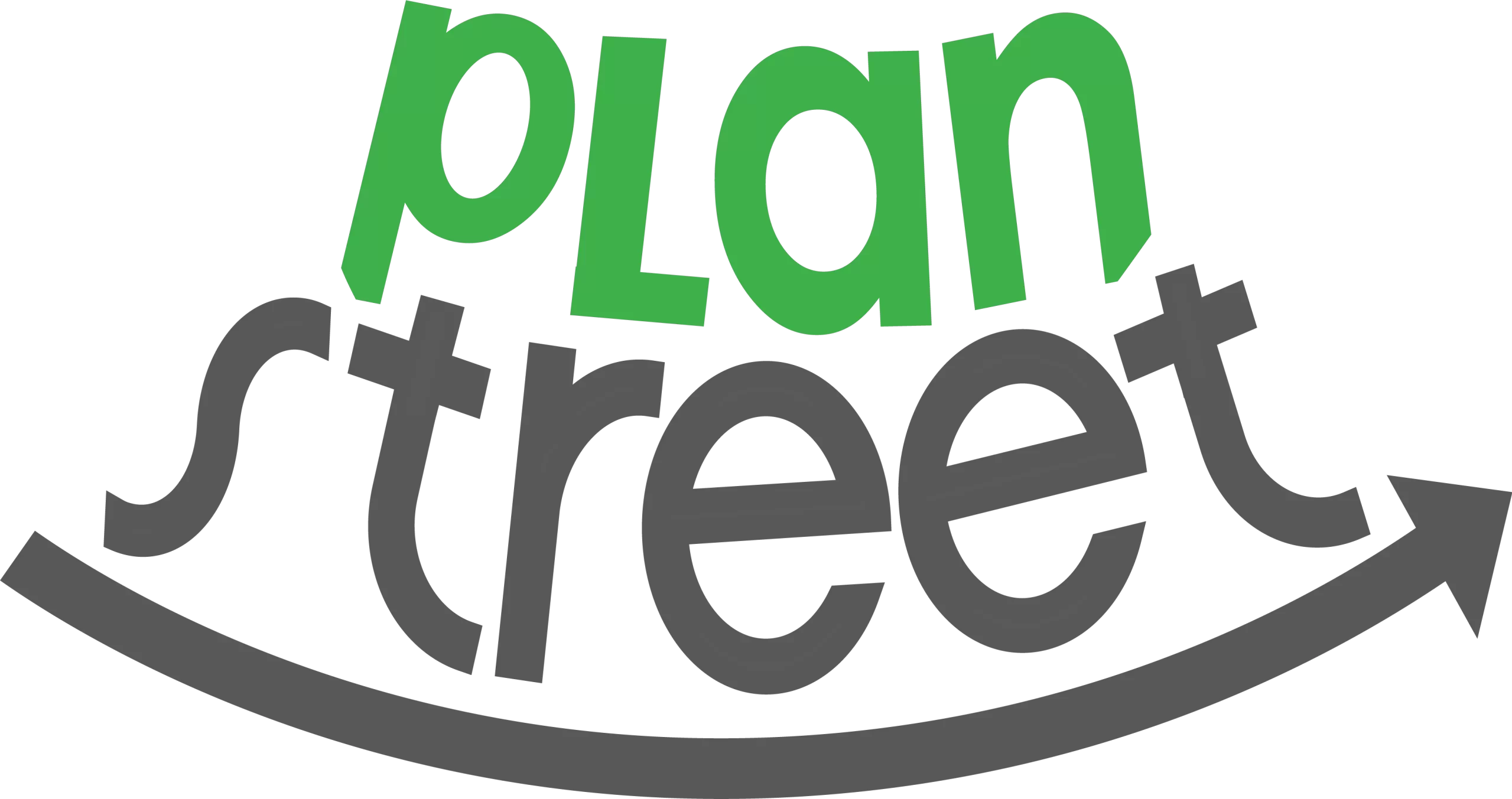Child Family Services and the Role of Case Management

Child Protective Services has a rich history in the United States. A federal Children’s Bureau was established in 1912 when President William Taft signed it into law and it became fully operational in 1913. The institution’s goal was to assist state and local agencies with protecting children from abuse and neglect.
This noble goal is still instituted across America today, through the help of state and local agencies, federal ones like the Children’s Bureau, and non-profits. However, it’s easy for any child protection agency to become overwhelmed by the caseload. This leads to an astonishing caseworker turnover rate of 14-22% annually.
One of the best ways to improve turnover rates for your agency and better help the children and families who need your services is through comprehensive, streamlined case management.
What Are State Child and Family Case Management Requirements?
Case management is a requirement by law for child and family services. The Adoption Assistance and Child Welfare Act (P.L. 96-272) was passed in 1980, and in that law, a written case plan is required for a child that receives foster care maintenance payments.
While the exact details of each case plan vary by state, including how involved the parents or guardian are, each one must maintain certain elements, including (but not limited to):
- Detailed information about the new home or institution where the child will live.
- An outlined plan that shows how the child will receive care, in the future by explaining to the parents how they need to improve their home for the child to be safe there, and for the present to address the child’s needs while in foster care.
- The child’s needs include education, health, and programs for children 14+ to ensure that they have the tools needed to successfully transition into adulthood.
- If the parents are deemed unable to care for the child, then a plan needs to be in place to secure alternate permanent housing for the child.
These case plans must be finished and delivered no later than 60 days from the child’s removal from their home.
If you need to know the specific information for child welfare case planning by state, use the state statute’s search in the Child Welfare Information Gateway.
What Are Some Child and Family Services Case Management Best Practices?
For any caseworker, new or experienced, developing a plan for a child can be a daunting task. To best handle case management, the Children’s Bureau has a dedicated online system for agencies involved in child protection services called the Child Welfare Information Gateway.
This website is full of tools, worksheets, and other critical resources for improving case management and practices. While it’s worth reading through the website to glean information, here are four critical child and family services case management best practices from the gateway.
1. Implement the Case Plan Field Tool to Address Safety Concerns
Proper case management planning is one of the best ways to ensure that a child’s case closes faster. To best communicate the importance of child safety and encourage reunification with parents, utilize the Case Plan Field Tool.
This tool was made for social workers to work with parents to understand safety threats in the home. For each different type of threat, the tool goes over
- Safety objectives to ensure the well-being of the child.
- Solution-oriented questions to best discuss these threats with the parents.
- Actions that can be taken to secure safety.
- Services that may be needed to obtain safety objectives.
At the end of the document, there’s a worksheet that can be used to capture these issues and find solutions for both the parents and the child.
2. Partner With Families to Find Solutions
The family, whether that be the mother, father, other blood relatives, or fictive kin, is the expert on the child’s current situation. This not only gives the caseworker the best overall picture of the child’s life so they can assess proper needs but also helps the family carry out the solutions needed to complete a child’s plan and restore them with their families.
There can be obstacles to overcome when it comes to meeting a family’s needs. They may struggle to trust a caseworker if they’ve had to deal with high turnover rates. Additionally, stressors outside a caseworker’s control may come into play, including substance abuse and mental illness.
While it takes time for trust to be built, strategies and supportive behaviors can be implemented in case management, including
- Understanding the child’s family system and learning it through visualization.
- Thoroughly tracking the process and sharing positive results with the family.
- Outlining achievable goals and plans for key case transition points like parent and child reunification.
- Listening to concerns and answer questions with patience.
- Tracking family needs and connect them to local services to meet them.
- Balancing problem discussions with positive changes the family has made as well.
When the caseworker works with the family in case management, holistic decisions can be made for the child to best meet their well-being.
3. Develop Methods for Quality Contacts to Promote Children’s and Families’ Wellbeing
Quality contacts are also called “home visits” or “caseworker visits.” A key part of child and family case management, these visits are the chance to relay needs and goals between all parties involved.
These visits must be meticulously planned beforehand so that the caseworker knows what questions to ask and how to address a child and family’s needs. The caseworker must schedule visits to maintain federal and state guidelines, as well as any other visits specific to the case circumstances.
According to The Child and Family Services Improvement Act of 2006, the minimum requirement is a monthly visit focused on case planning and services to maximize the child’s safety, permanency, and well-being.
When planning for a quality contact, think through the following:
- Review all case documents and related information to the child and family to ensure an understanding of needs.
- Check for all scheduling needs for every party that must be at the meeting.
- Look through notes from the last meeting and follow up to make sure all needs were addressed.
- Write out every item that needs to be discussed for the upcoming quality contact. If necessary, write an agenda to share with the families.
For more information and methods to develop quality contacts, be sure to read through Quality Matters, a resource from the US Government to improve casework.
4. Create Comprehensive Data Collection Methods and Share the Data With Relevant Parties
When it comes to case management, organization is key. Any caseworker needs a central hub where they can store critical information, documents, and meeting notes to track progress. This makes it easier for a new caseworker to take on a child and family if necessary, ensures that each child receives the care the need, and makes it easier to identify problem patterns.
At the very least, there needs to be basic data available so that anyone working on the case has the information needed to make a proper assessment. This includes (but is not limited to)
- Details about the child and family, including demographic, living arrangements, and the circumstances that led to child welfare services intervening.
- Assessments of the child’s safety and risk, including risk or harm in their current situation, the safety plan to help them, and necessary caregiver changes.
- Evaluation of the child’s well-being, including mental and behavioral needs, education, friendships and other social support, and the permanency plan.
For the data to be most effective, it needs to be shared with relevant parties to promote the best problem-solving. One of the best ways to streamline data collection and simplify the case management process is through the implementation of child and family case management software.
How Child and Family Services Software Can Help
The biggest benefit of software for child and family case management is that it focuses all of the data collected in one place so that the caseworker can review it as needed to prepare for quantity contacts and make decisions for a child’s well-being.
Case management software like PlanStreet simplifies every step of the process, organizing the data and automating administrative needs so caseworkers can spend more time focusing on the children and families that need them.
Plan Street guides case managers through the four major steps of the case management process:
- Intake:Customizable intake forms so caseworkers can collect data needed in their first meetings with parents and children.
- Needs Assessment: Detailed reports to highlight needs from the data that was collected from intake and start to make the case plan required.
- Service Planning: Once goals have been established, the software offers a board of visual representation to plans with necessary services.
- Monitoring and Evaluation: A customizable report for each quality contact to track progress and work toward the goal of reunification.
Apply Best Practices With PlanStreet’s Robust Child Welfare Software
PlanStreet believes in the power of the work that caseworkers in Child Protective Services and other agencies do, so we created a comprehensive case planning software to simplify the work day.
Track the entire case management process from intake to monitoring and evaluation, with all of the data consolidated in one place for easy access to the individuals that need it. Use the client portal to schedule meetings with parents or caregivers and collaborate with clients through messaging and comments.
Robust analytics features create easy-to-read reports so you can have a better understanding of how to improve your services and show how you’ve allocated grant money to funders. The software follows all data security and compliance requirements, so the children and families you work with will remain protected.
Plus, PlanStreet facilitates agencies that provide case management services for the Children’s Home and Community Based Services (CHCBS) Medicaid Waiver and In-Home Support Services (IHSS) Benefits.
If you’re ready to streamline your case management to simplify the administrative process and have more time to care for your clients, schedule a demo to learn more about PlanStreet’s case management software today.
